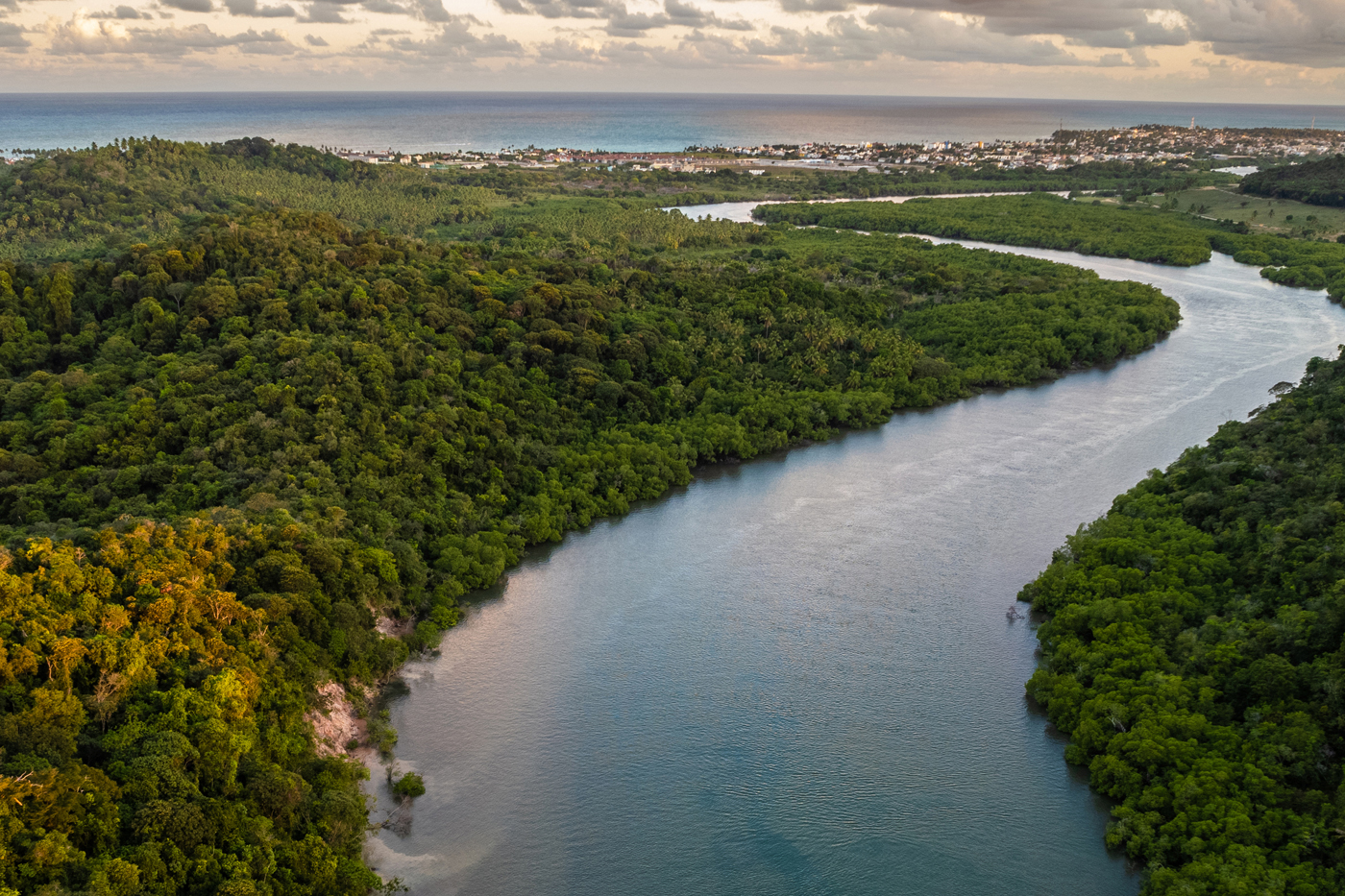How Biodiversity Can Move the Dial on Climate Change
Approaches to integrate biodiversity into investment practices.
Approaches to integrate biodiversity into investment practices.

By Chartered Banker, UK
Loss of biodiversity is increasingly being seen as a systemic risk, with serious consequences for economic and social outcomes and as the next issue to be tackled along with climate change. There is a growing amount of global coordination, and numbers of bodies and frameworks coming together in order to quantify the impact of finance on biodiversity and identify how the sector can best make an impact.
But how important is a collaborative approach to tackling loss of biodiversity and what are some of the key partnerships driving it forward?
“The short answer is that global coordination is extremely important,” says Tami Putri, Senior Principal Consultant, The Biodiversity Consultancy. “We’re at an exciting time where we have seen true action, globally, from the financial sector at multiple levels.
“We’re seeing governments commencing studies on understanding how nature is affecting countries’ economies, and we’re also seeing many financial organisations forming partnerships and groups voluntarily and setting themselves up to take action on nature. The most well-known is the Taskforce on Nature-related Financial Disclosures (TNFD), but there’s also the Partnership for Biodiversity Accounting Financials and many others.
Anne-Marie Bor, Coordinator, Finance for Biodiversity Pledge and Foundation, says the Convention on Biological Diversity is making significant inroads into the development of a global biodiversity framework.
“That’s really a major piece of global coordination,” she says. “For the financial sector, we’ve set up the Finance for Biodiversity Pledge and also a foundation to facilitate collaboration with its signatories. A business perspective is now included in the draft Global Biodiversity Framework and also the alignment of private next to public financial flows is mentioned in the goals and targets. As a foundation, we’re accredited as an observer to the global biodiversity framework negotiations. We’re advocating to have a more specific financial sector mention included and the associated guidance and regulatory frameworks, unlocking the unique financial services sector leveraging potential.
“I do think, though, that we all need to move faster on this. There’s been a very severe decline of biodiversity due to climate change, but addressing biodiversity can be a major solution in the fight against climate change. Global coordination is needed to really shift the needle on this and to implement measures across the world within regulatory financial frameworks.”
For Bor, ensuring the financing of the protection of biodiversity comes down to having robust regulatory frameworks in place.
“This needs to be embedded in financial regulatory frameworks, to move beyond the voluntary actions that are currently being taken by individual institutions,” she says.
“We cannot solve this crisis with just those individual, voluntary measures. We need regulation on assessing risks, on restoring biodiversity (also within ongoing investments) and on the conditions that support the sustainable transition to enable the shift we need to make as a society.”
As international institutions come together to evaluate the most effective way of valuing biodiversity initiatives, the financial sector remains at the forefront of assessing the impact that humanity is having on nature – and how it can be turned around also by transforming finance activities.

“Just as is the role of the financial services in many things, the buck stops, essentially, with what financial institutions are doing,” says Putri. “International financial institutions often require standards that are more stringent than national regulations, so I think the role of the financial sector is to ensure that robust due diligence and safeguarding is in place to stop the destruction of nature through the finances that it provides. This applies to many types of financing, from project finance to corporate loans.
“The second part of this is about greening finance, essentially moving finance away from sectors or activities that are disrupting nature. This is about how we are integrating nature into business models and exploring how considerations around nature shape origination strategies. This includes how we innovate in creating new business models that are centred around nature protection and restoration.”
There is growing demand from organisations, Bor says, for coordinated action, as well as a joined-up approach in how financial institutions engage with corporates.
“Corporates are receiving all kinds of questions from investors and it would be more effective if this were aligned with sustainable pathways within the sector and the move towards the positive impact possibilities that are there. Global coordinated action is about the reduction of negative impact, but at the same time it is also about enabling positive impact – not only amazing work through impact finance but also in enabling positive impact as part of engagement activities.”
As awareness around the vital role that biodiversity plays in tackling global warming, new approaches are emerging to integrate biodiversity into investment practices.
“I think the key messaging here is that there’s no silver bullet in terms of what the right approach is, and it’s not one-size-fits-all,” admits Putri. “We have seen approaches that work well and are mature, for example the applications of financial safeguards to project finance.
“Other emerging approaches we’re seeing are portfolio-level impact and dependencies assessments. For example, there are now model-based approaches that enable financial institutions to perform a rapid assessment and understand their exposure to nature impact and dependencies by providing financial turnover data.
“One of the objectives of the TNFD is to shed light on how and under what circumstances these measurement approaches work. The end goal is to be able to recommend a set of standardised processes as to how to understand the risks and impact on nature, how to manage it and then how to report or disclose the outcomes of it. It’s really important that market participants now engage to test these emerging approaches and feedback the lessons learned to shape the future recommendations of the TNFD.”
For those working to direct funding towards the protection of nature, there have been developments at multiple levels over recent years, each creating new opportunities.
“One of the main developments I’ve seen with regard to investment practices is assessing impact at the portfolio level, through the use of footprinting tools, and knowing what your footprint is, as a financial institution. We recently published the second edition of a guide on these approaches, comparing them and providing detailed information on pressures covered and efforts associated,” reflects Bor.
“The other field is engagement with corporates. We’re noticing that our members are really keen to include biodiversity in their corporate engagement activities, but they’re not set in stone yet. With a group of launching investors, we’re looking into setting up a programme called Nature Action 100 to see how we can facilitate collaborative corporate engagement.

“A third area receiving more focus is innovation within the positive impact space. Aviva’s Natural Capital Transition Global Equity Fund is a good example of this. It’s a fund with a group of corporates included within it, but its function is to look into how to move those corporates towards a more nature-positive impact.”
As the financial sector and organisations across all industries reach a pivotal point in the move to protect biodiversity, the short-term priorities must lie in assessing the impact of the assets and projects being managed and funded.
“I think the main first step has to be around impact assessment and risk assessment, in order to gain a better understanding of the impact of current and future activities,” says Bor. “I know carbon accounting is being increasingly implemented, but biodiversity impact assessment is the next step in there. It’s more complex, but it must and can be done.”
“This is just the beginning of the journey,” adds Putri. “There is still a lot of homework for all of us to do, but I think the most significant progress that I’ve seen is the willingness to step up. It’s quite amazing. In just a short period of time, we’ve seen almost every financial institution saying the same thing – that, in a global setting, they want to take biodiversity costs into account and play their part in addressing biodiversity loss.
“We feel that there is real work being carried out by financial institutions, especially in their goals to better understand their exposure to nature risks.”
For Bor, the motivation from across the sector to make real change is not just a case of greenwashing.
She concludes: “I’m noticing more and more that the financial sector is sensing and reacting to the risks and the opportunities around protecting biodiversity that, in some instances, might have been expected from governments. It could very well be that the turning of the tide comes from the finance industry. I’m also noticing a high, intrinsic motivation from representatives from the sector to make sure this is going to happen. It’s not just greenwashing.”
This article previously appeared in the Chartered Banker magazine, UK, Autumn 2022 edition.